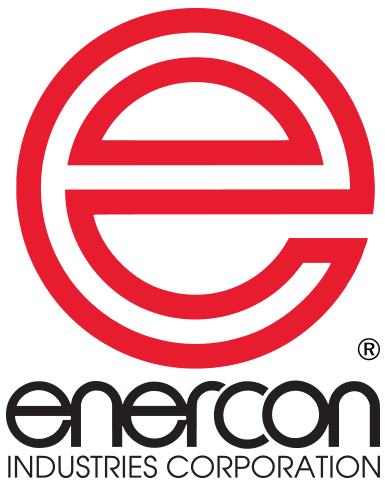Induction Foil Seals for Tamper Evident Packaging
The right inner seal for your container gives consumers confidence in safety and convenience. Inner seals provide tamper evidence and a hermetic barrier. Emerging technological developments include new designs that improve safety from tampering and counterfeiting, new materials to improve barrier properties, and peelable structures that are easy to open for greater consumer convenience.
Safety
Consumer safety is an important consideration these days and seals have been developed that can provide tamper evidence while discouraging product pilferage and package counterfeiting. Traditional tamper-evident inner seals are welded onto the lip of the container. This ensures that the seal must be destroyed to gain entry into the container. When the seal is removed, a residue is left on the lip of the container to show evidence of tampering.
New holographic seals take tamper-evidence to a new level. Typically these seals are bonded to a pulpboard cap liner. The bond is sensitive enough to maintain the integrity of the hologram when the cap is removed. The seals can have as many as seven holographic layers with items visible or invisible to the naked eye. They also may require the use of infrared or other holographic readers to detect information, text or logos.
Barrier
Packagers are always looking for ways to protect their product and increase its shelf life. Research and development for improving the barrier at the closure seal are ongoing. An inner seal barrier can improve shelf life and preserve product freshness. Inner seal materials must be compatible with the container for efficient fusion and adhesion. When properly applied, an inner seal forms a hermetic seal barrier.
Seals are predominantly made of treated foil bonded to various types of films. They are used with rigid containers and closures made from polyethylene (PE), high-density polyethylene (HDPE), polyethylene terephthalate (PET), polypropylene (PP) and polyvinyl chloride (PVC).
Some softer seal materials are ideal for their flexibility and compatibility with container materials but the trade-off may result in less barrier. Currently, several inner seal manufacturers are working on plastic seals that have as much barrier as foil without compromising container compatibility and seal integrity.
Polyethylene naphthalate (PEN) and some polyester derivatives are being considered for seal materials although these are currently in the experimental phase. Oxygen scavengers, too, are looking for commercial applications for closure liners and inner seals.
Convenience
New seal structures have also been developed to fill consumer convenience demands. Easy to remove induction seals are becoming predominant in the food and beverage industries. Some easy-peel inner seals have a half-moon shaped film tab attached to the top of the inner seal disc, facilitating easy removal of the membrane from the container in one clean piece. The key here is removing the seal without having to use knives or scissors.
New inner seal materials and structures continue to be developed and introduced. If you decide to make a change in your inner seal be sure to consider variations in cap torque and induction power with your suppliers. Using any of these new products can be a positive step toward improved barrier and added consumer confidence by keeping products safe.
This article was adapted from a story written by Chris Barry for Food and Drug Packaging Magazine.


